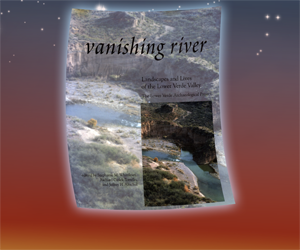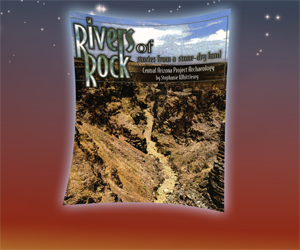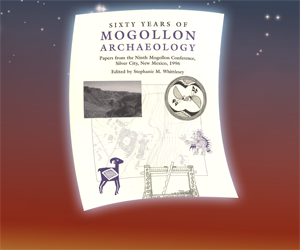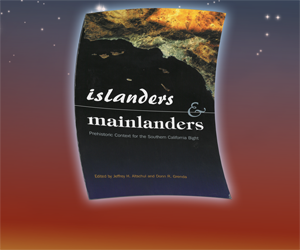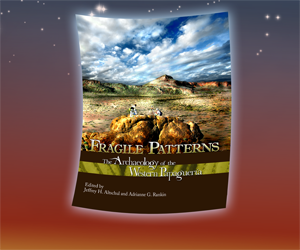Life in the Ballona: Archaeological Investigations at the Admiralty Site (CA-LAn-47) and the Channel Gateway Site (CA-LAn-1596-H)
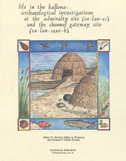
Edited by Jeffrey H. Altschul, Jeffrey A. Homburg, and Richard S. Ciolek-Torrello
Technical Series 33
533 pp. / 1992
Situated between the mouths of Ballona and Centinela Creeks and the Pacific Ocean, the historic Ballona Lagoon was a sheltered environment that hosted a diverse array of terrestrial and aquatic plants and animals. Humans resided in the Ballona for more than 9,000 years. Although much is known for the period between 3000 and 1000 BP, little is known about the Late period, or from about 1000 BP to European contact. In 1989, Statistical Research, Inc., filled in part of this lacuna by excavating and analyzing a portion of the Admiralty site. The site is one of the few settlements that lies on the northern edge of the historic Ballona Lagoon in present-day Marina del Rey, California. At the time it was occupied, the site was one of many such sites along the coastline of southern California. Radiocarbon dates show that the Admiralty site was occupied between approximately AD 1050 and 1150. By that time, the Ballona wetlands were in the final stages of sedimentation, with an estuarine lagoon environment prevailing. The inhabitants subsisted on plants and animals of the marsh, particularly shellfish, waterfowl, fish, small mammals, and various seeds and berries. Little evidence was found for pelagic exploitation. In all, the evidence points to short-term occupation through a series of temporary camps. In addition to the prehistoric occupation, evidence was recovered of historical-period use of the project area.

